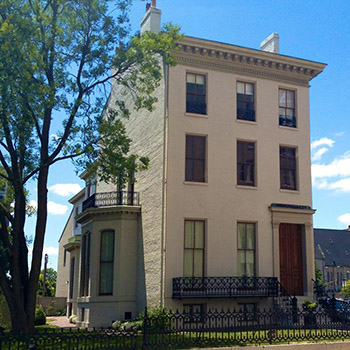 A few months ago, I started my third year as a volunteer docent at the Campbell House Museum in downtown St. Louis. I’ve said it many times before in this blog, but I just have to say it again: I love this place. There are so many reasons why it’s special, so I decided it was time for Distilled History to highlight a couple more of them for people to come down and see it in person.
A few months ago, I started my third year as a volunteer docent at the Campbell House Museum in downtown St. Louis. I’ve said it many times before in this blog, but I just have to say it again: I love this place. There are so many reasons why it’s special, so I decided it was time for Distilled History to highlight a couple more of them for people to come down and see it in person.
When people take my tour of Robert and Virginia Campbell’s house, most visitors will recognize right away that I tend to focus on the history of the family and the house they inhabited. I do love all the stuff that’s inside the house, and I’ll always point it out, but I’ll admit that china sets and chamber pots are not my strong suit. If Ulysses S. Grant drank out of a silver cup that’s now on display in the butler’s pantry, knowing why he drank (and of course what he drank) is far more interesting to me than the cup itself.
My preference for the “how did it happen” instead of the “how pretty it is” could be why the history of the city of St. Louis gets a prime seat at the table during one of my tours. To me, the history of the Campbell House and the family is far more vivid when accompanied by the story of the city that rapidly grew around them. The two are irrevocably linked together.
Here’s an example of what I’m talking about. When Robert Campbell stepped onto the St. Louis riverfront for the first time in 1824, he stood before a town containing around 4,000 people. St. Louis was young, and it didn’t extend very far from the river that had initiated its creation. Lewis and Clark had set off just from the same point just twenty years earlier, and one of the city’s co-founders, Auguste Chouteau, was still alive.

When Robert died just fifty-five years later in 1879, that small town had grown into an enormous beast of 350,000 people. He’d watch his house, built in 1851 on farmland beyond city limits, become enveloped by buildings, commerce, and a city that wasn’t taking it slow. The story of how all of that happened, and all of the accompanying subplots (Civil War, cholera, cyclones, and beer, to name just a few) makes for a fascinating Campbell House tour. Hear it, and one will understand that Rob and his family were on board for on one hell of a ride.
Anyway, one of the great things about being a visitor to the Campbell House is that every tour is different. While my tour may focus on how Rob and his family moved through St. Louis, another docent may provide amazing facts about Rococo Revival furniture, Virginia’s intricate needlework on display in the formal parlor, or the $40,000 spent on one massive shopping trip in 1855 (for those wondering, that’s like dropping 1.5 million in today’s dollars).
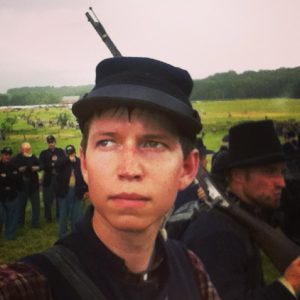
One person in particular has a fun project going that’s helping me further appreciate these inanimate aspects of Campbell life. David Newman, the weekend manager, posts a daily photograph on social media as part of a project he calls “Campbell House Photo-a-Day”.
David is one of my favorite people at Campbell House. He’s barely over twenty (I think), and his energy level is really kind of disgusting. Along with his weekend responsibilities of keeping me and a few others in line, he’s in graduate school, he’s a Park Ranger at White Haven, and he’s frequently marching off to Civil War reenactments playing the role of a Union private. When all of that isn’t happening, he’s playing gigs or jamming with his band mates until the wee hours of the morning in his apartment in the Campbell Carriage House. Watching this guy go makes me feel very old.
But David knows his stuff, and talking Campbell history with him is fun. If we aren’t leading people around the house, we can usually be found seated around the break room table checking each other’s facts, comparing notes, and making sure our tours are solid.
He’s also got a great eye and is an accomplished photographer. I love this project he has going on, so I decided to take a break from the usual burden of research-heavy Distilled History and show off what David is up to. The following slide show highlights forty or so of my favorite images he has taken in recent weeks. Hopefully, they’ll convince a few Distilled History readers to take his tour and see these things for themselves.
After that, I hope people will come back and hear my side of the story.
(To see more of David’s fun project, search for #chmphotoaday on Instagram)
![]()
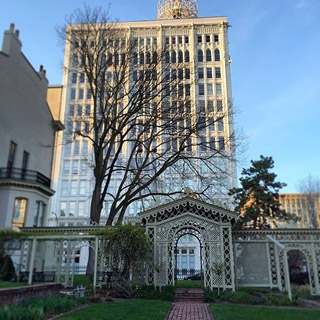
Another (new) aspect of my tour at the Campbell House is one that I’m pretty excited about. Since I started volunteering there, I’ve always thought it would be great if I could offer a cold beverage to people while they listened to me throw down some good history. I mean, my two favorite subjects are history and booze, so why not try to add a drink to my favorite history in St. Louis?
However, I knew without asking that serving beer inside the Campbell House was not an option. Spilling PBR on a 165 year-old sofa would put me in some hot water. Even worse, it would certainly be me that spilled it. That can’t happen, but the idea kept nagging at me. But then it hit me: There are no sofas in the garden.
Remarkably, when I reluctantly asked the museum brass if I could do this, their response was immediate.

Woah! Not only did they like the idea and support it, but the lack of a liquor license means I can’t charge a dime for it. My plan was to give it away all along, so everything has fit neatly into place. Come for a tour at the Campbell House, ask for the Distilled History guy, and you’ll get free beer on your tour. If you’re lucky, I’ll even have some homebrew on hand that I’m brewing specifically for this endeavor.
So, there you go. Plenty of reasons, including cold beer in your hand, to get down to the Campbell House Museum. You’re out of excuses.
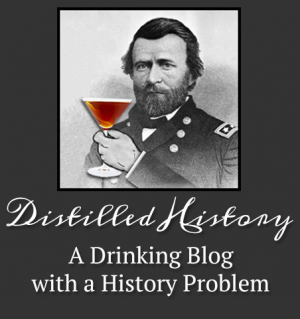
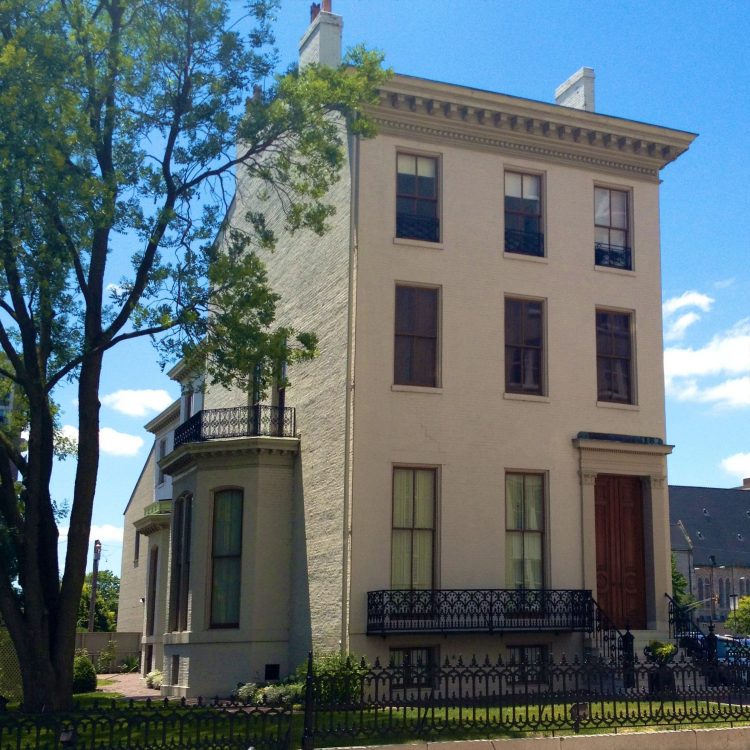
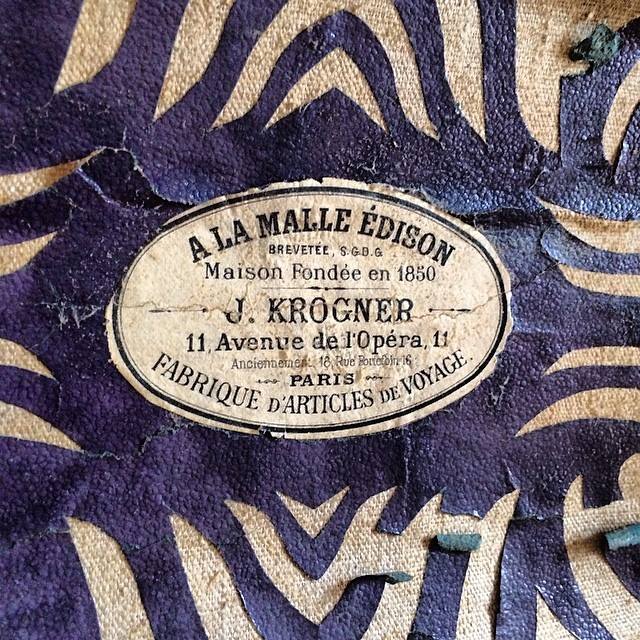
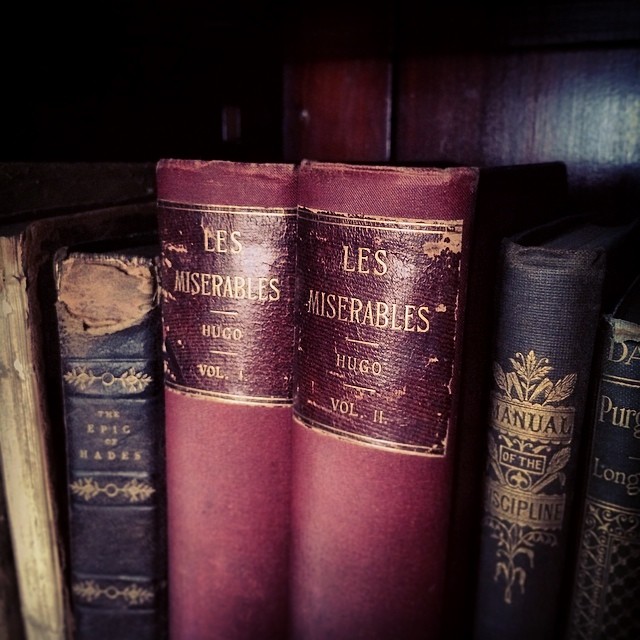
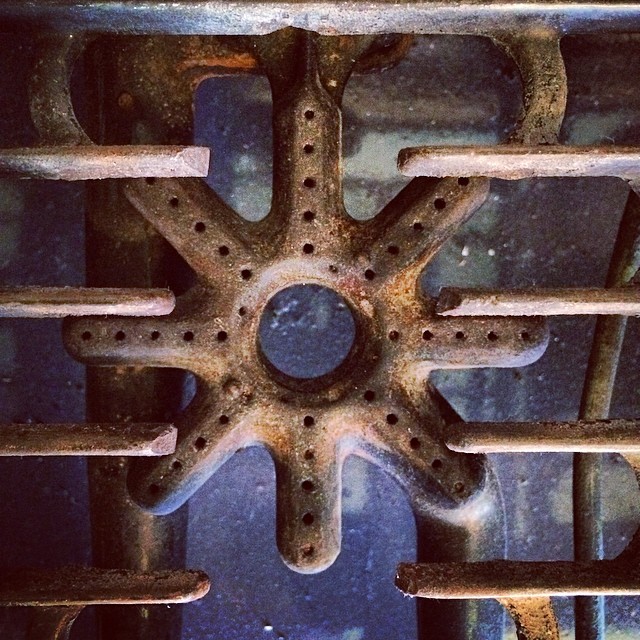
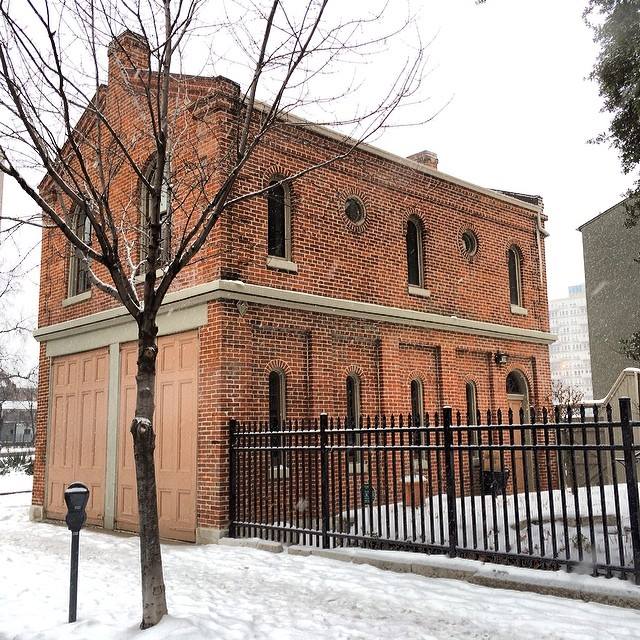
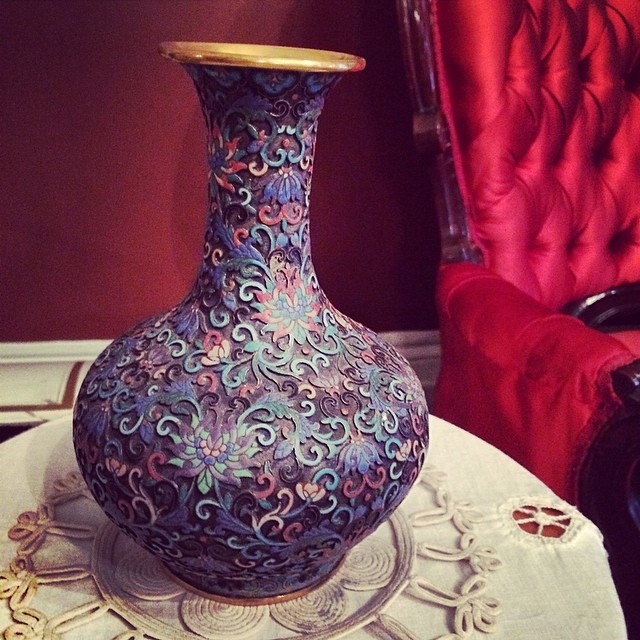
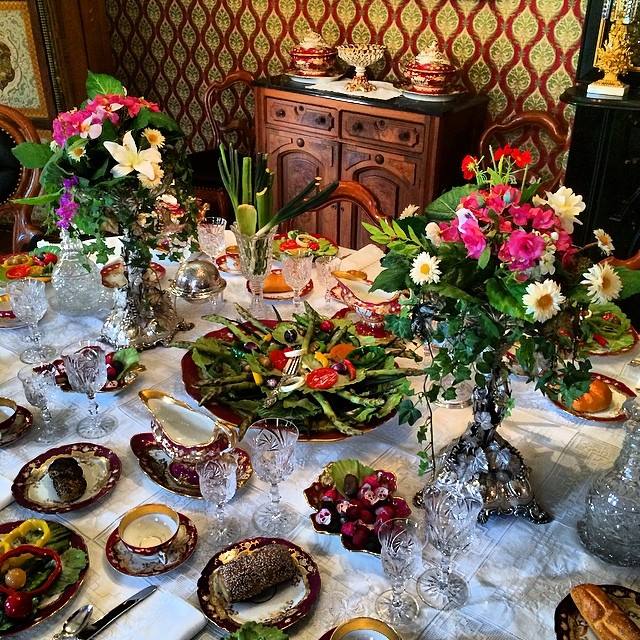
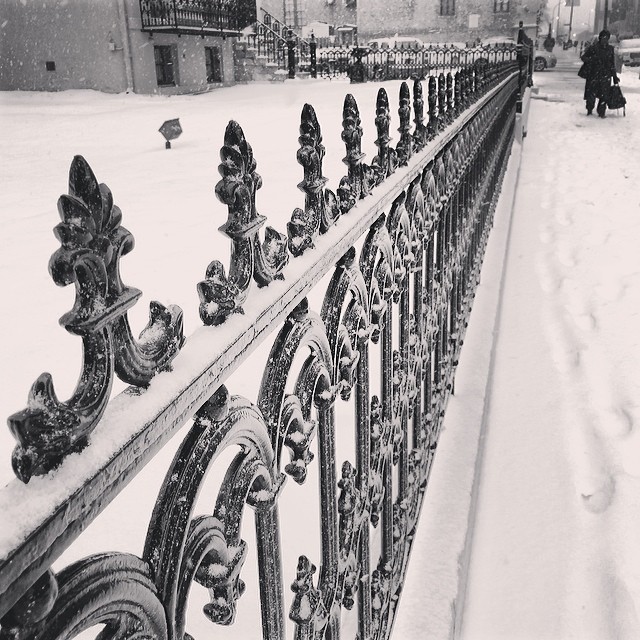
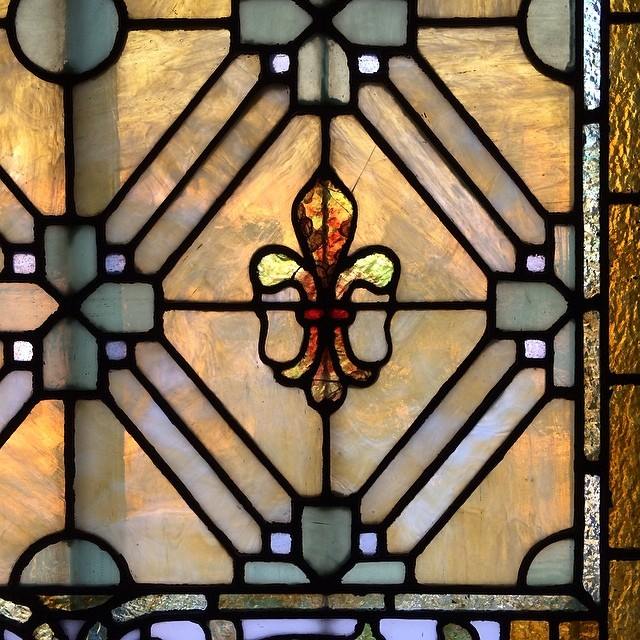
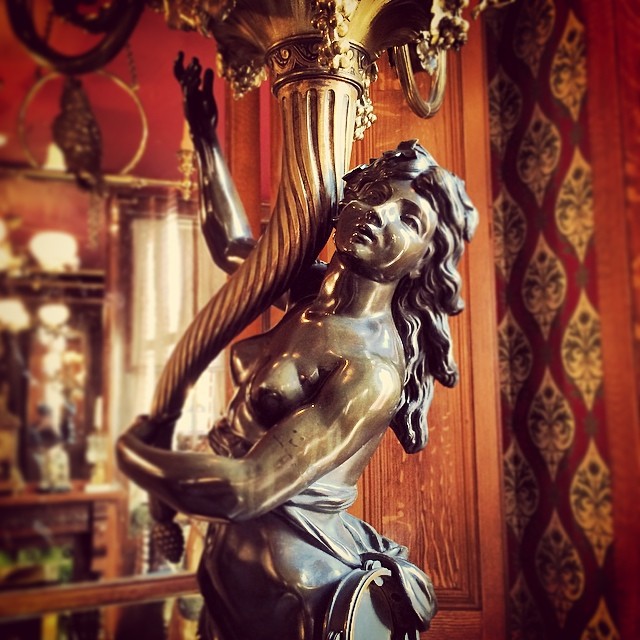
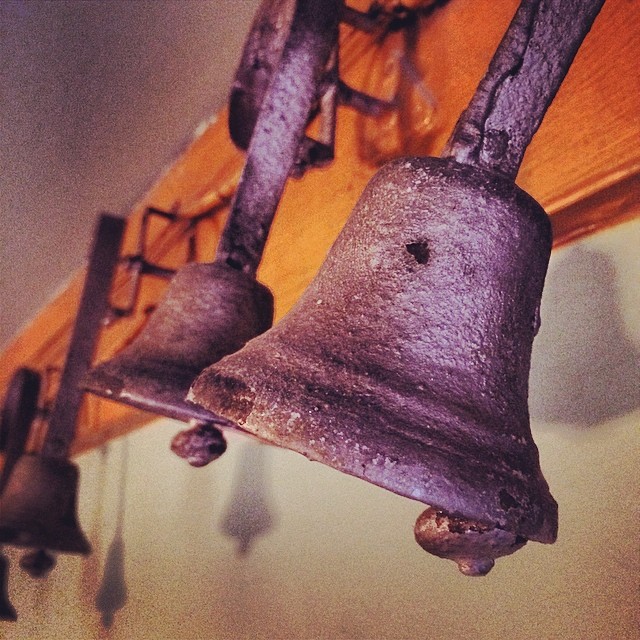
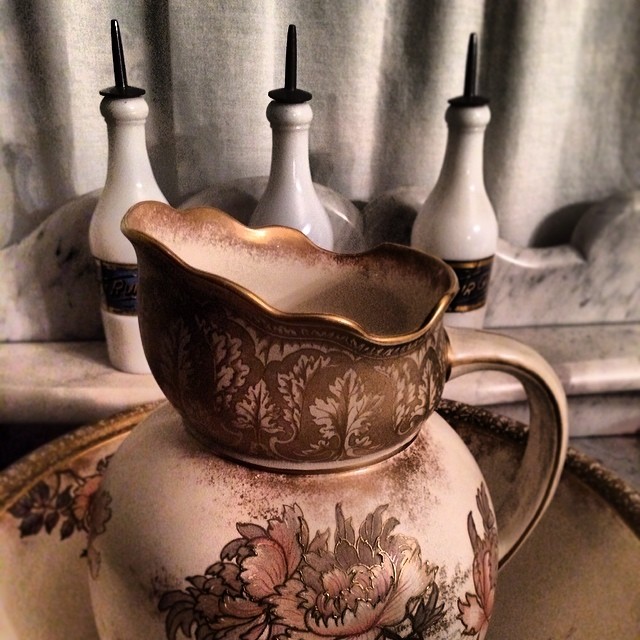
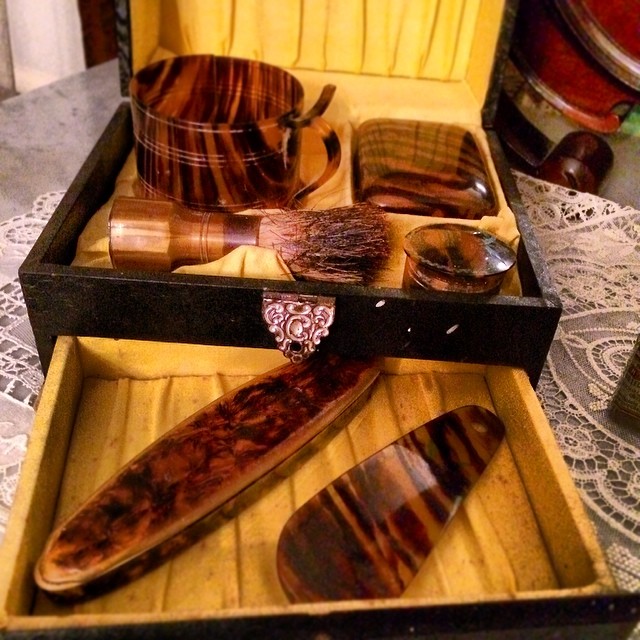
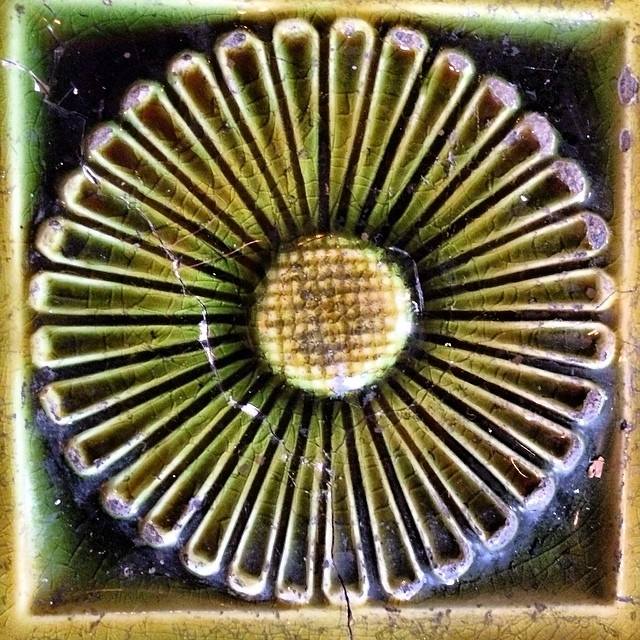
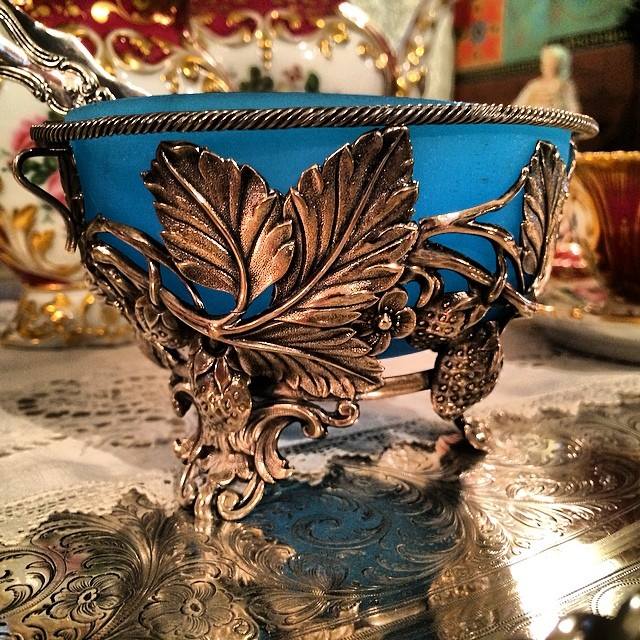
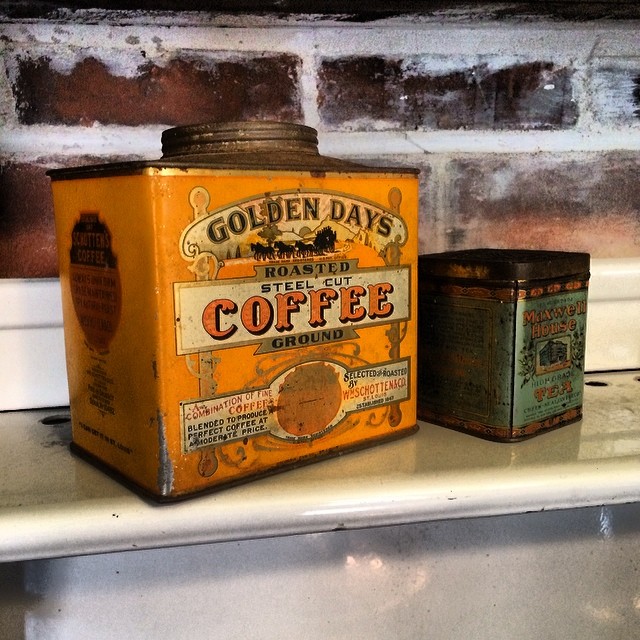
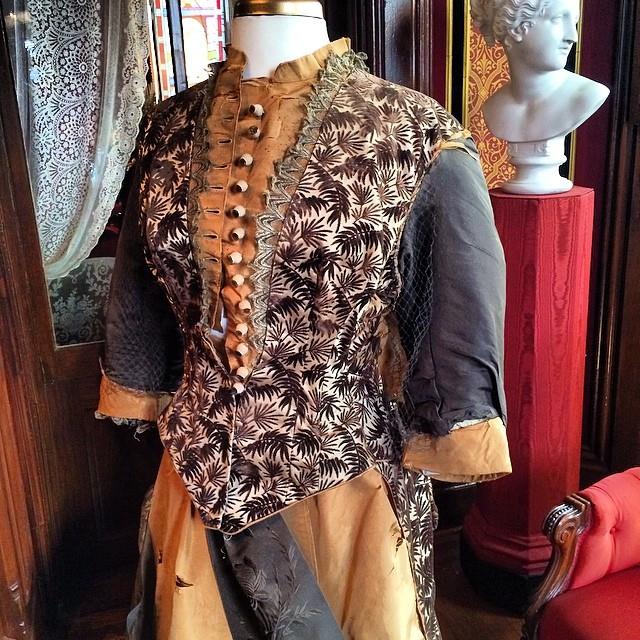
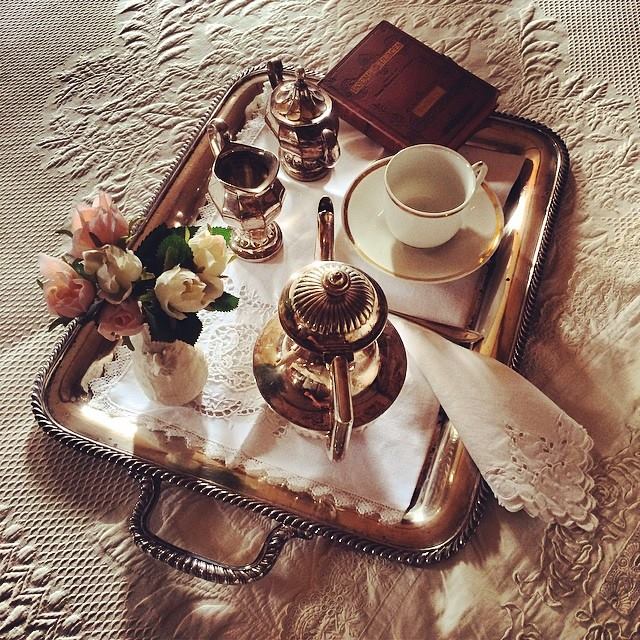
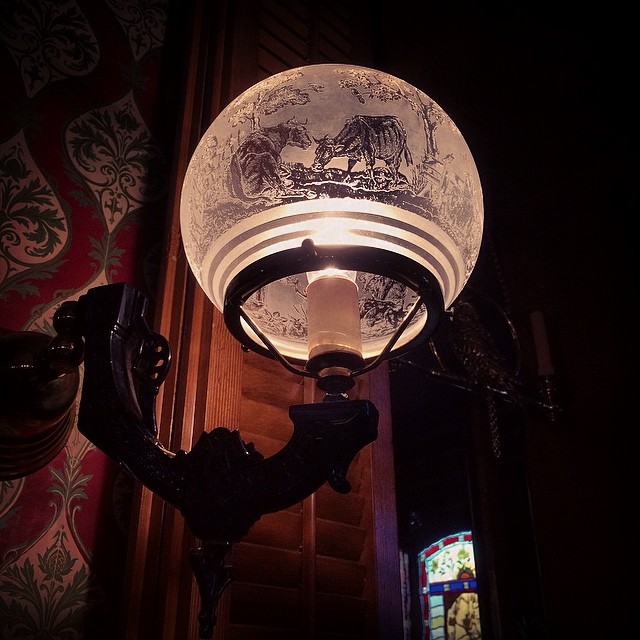
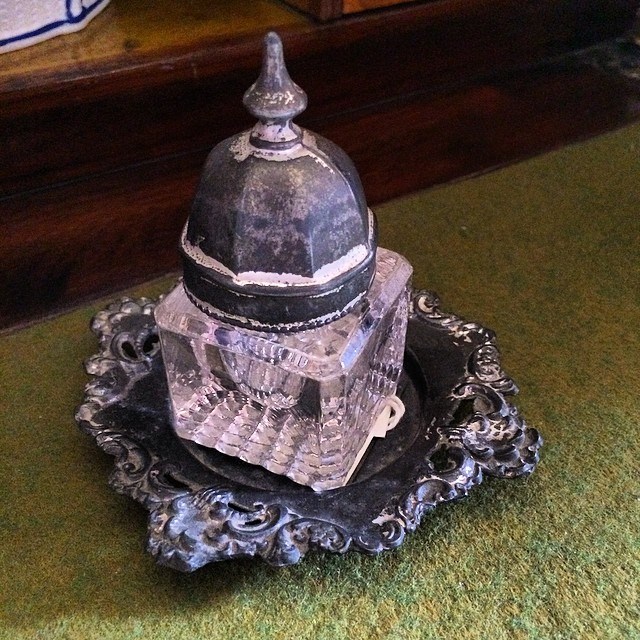
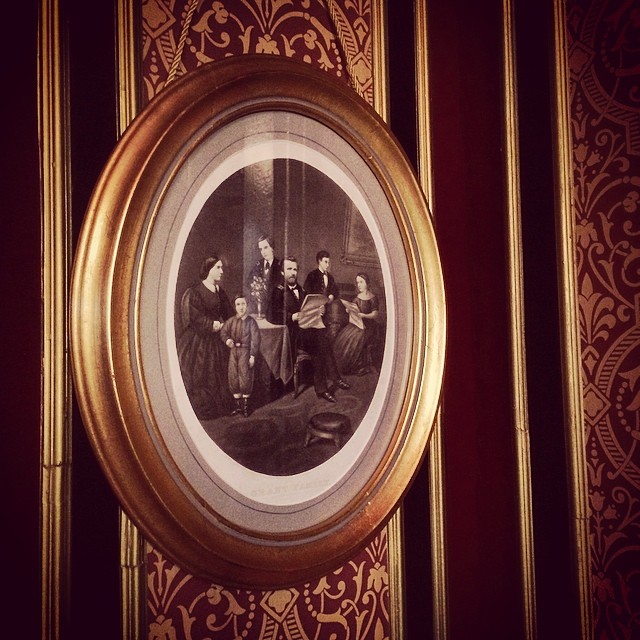
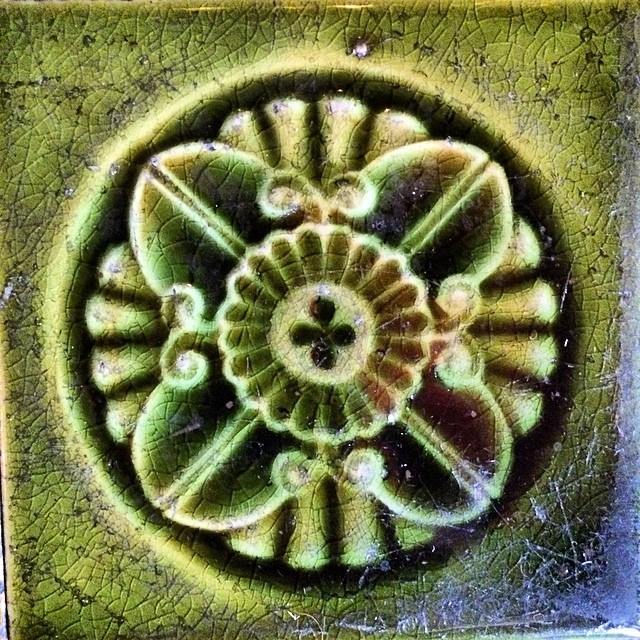
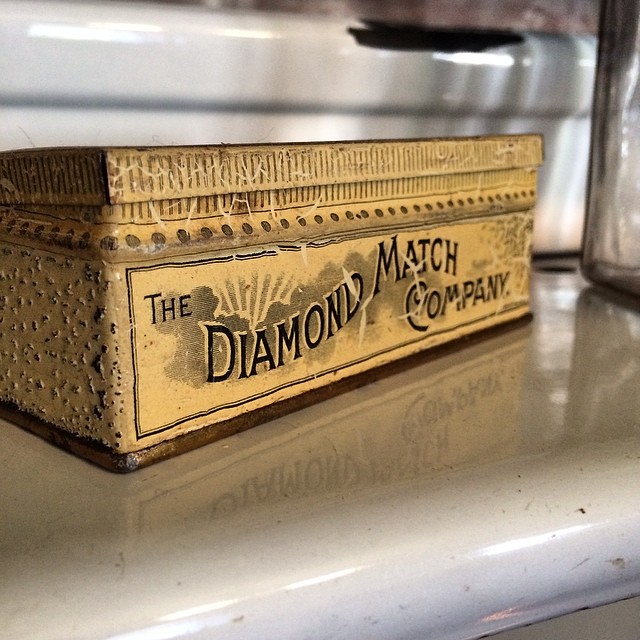
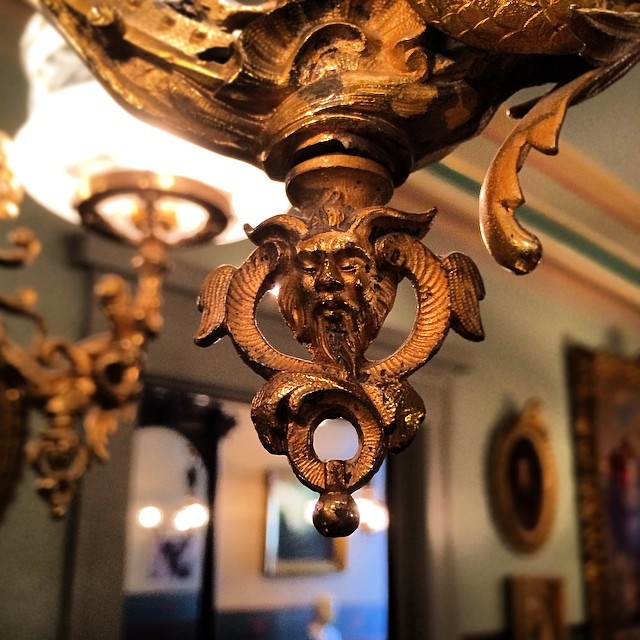
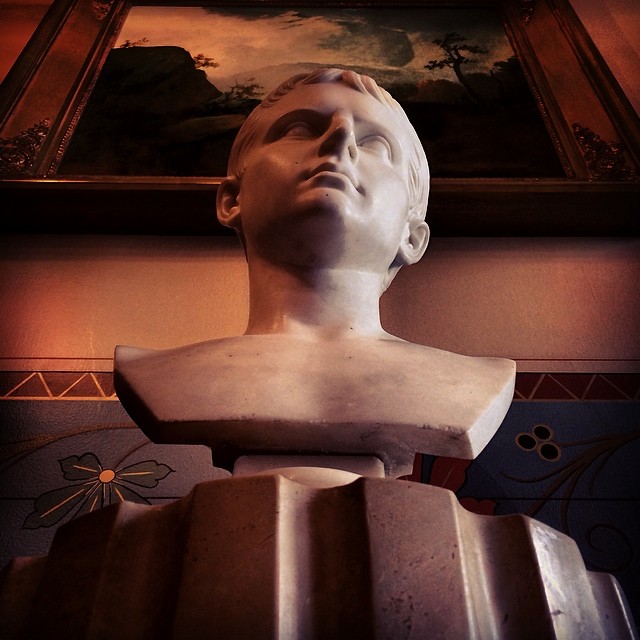

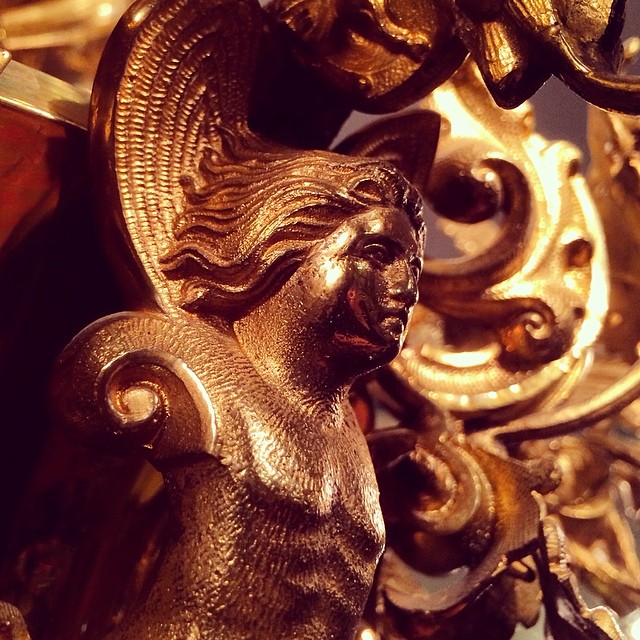
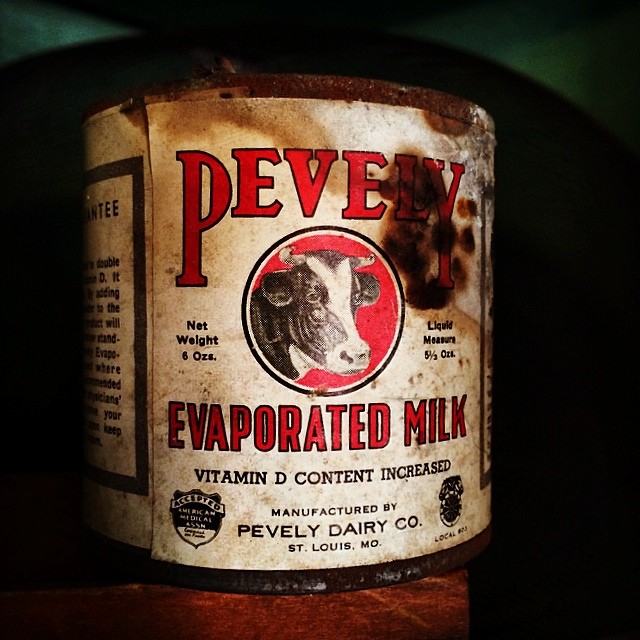
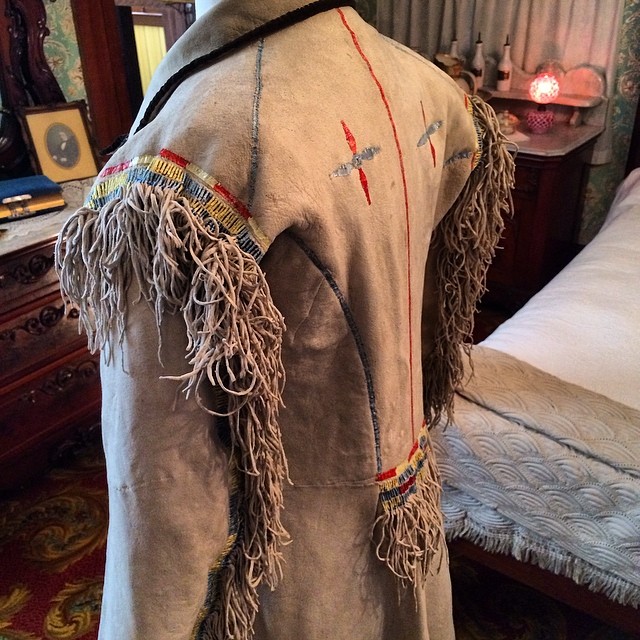
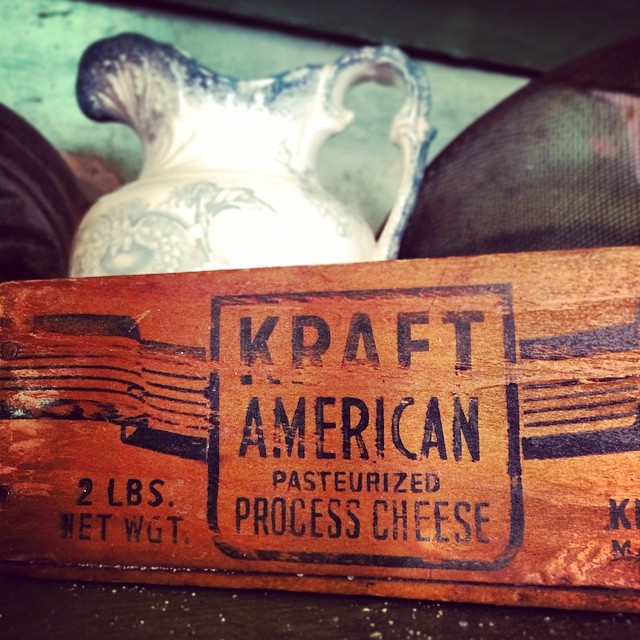
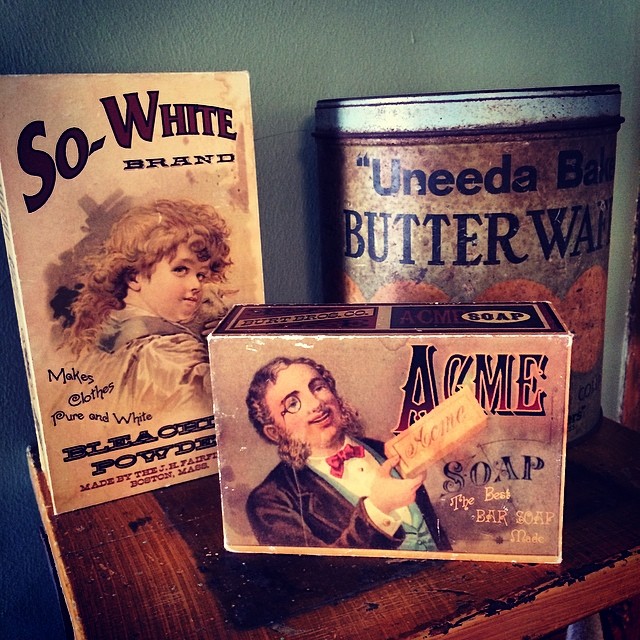
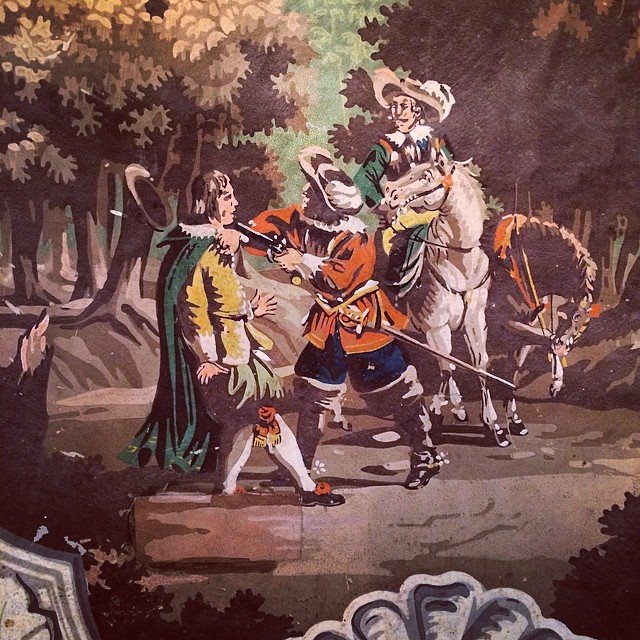
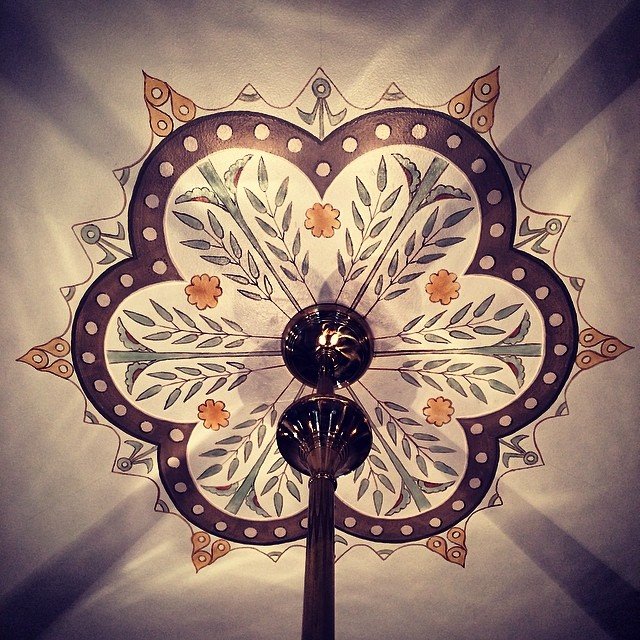
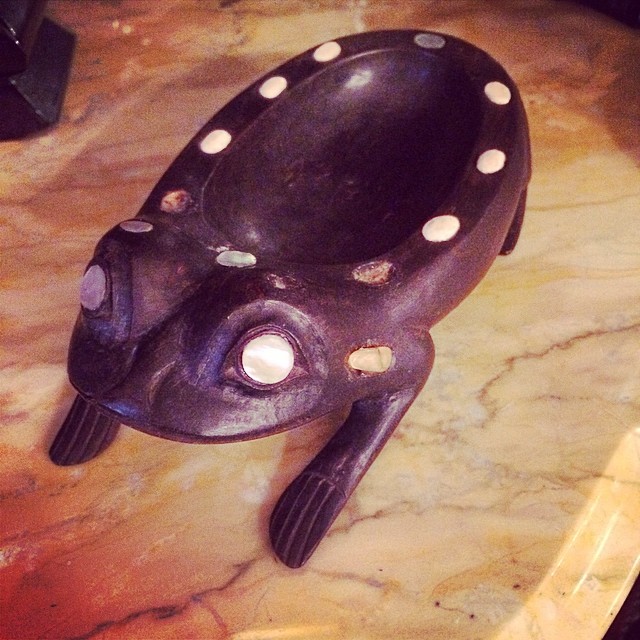
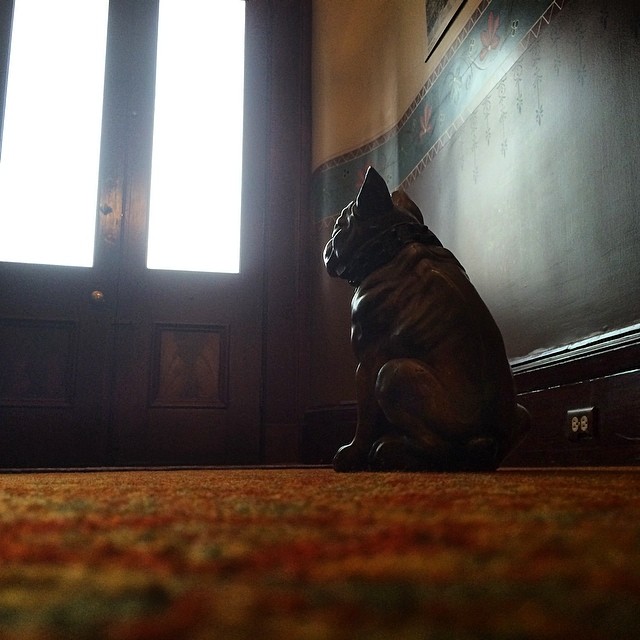
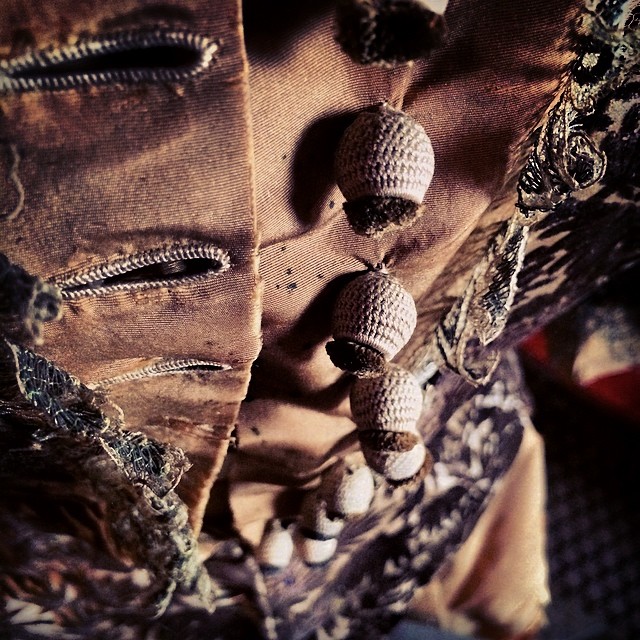
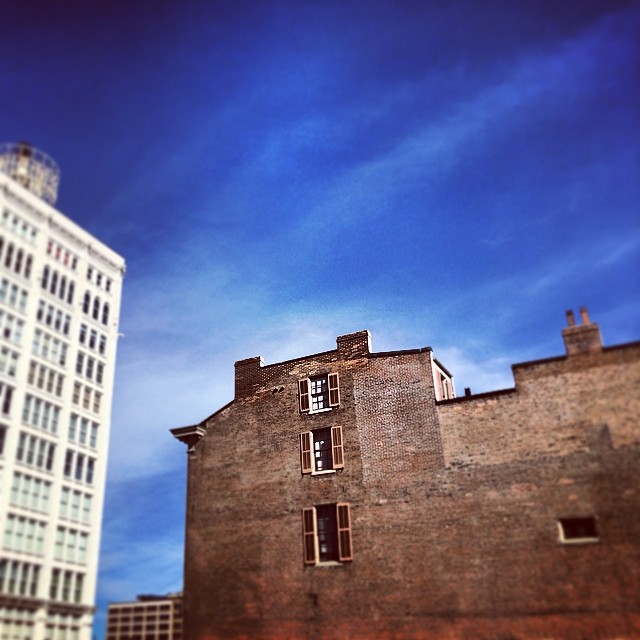
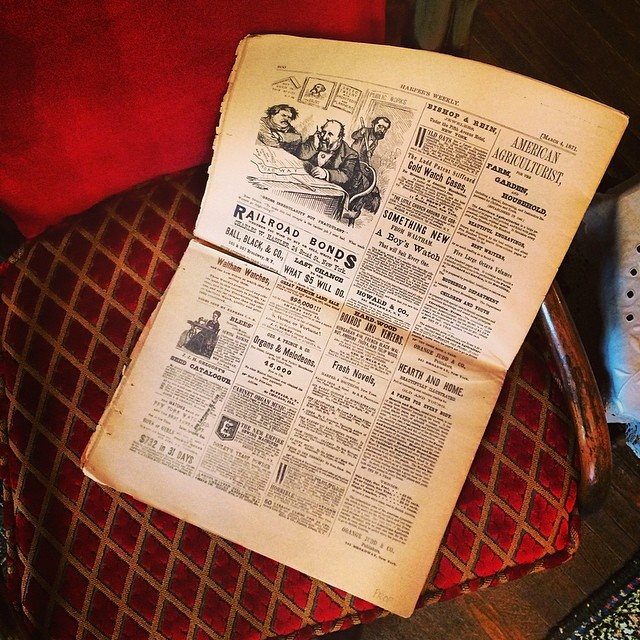
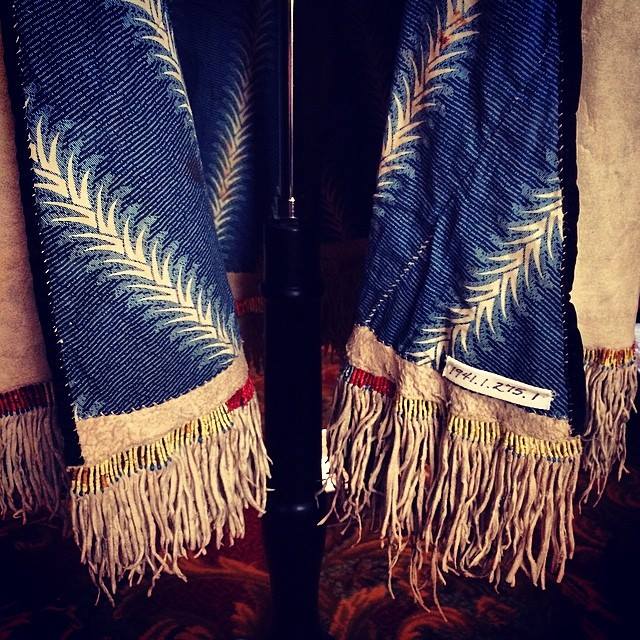
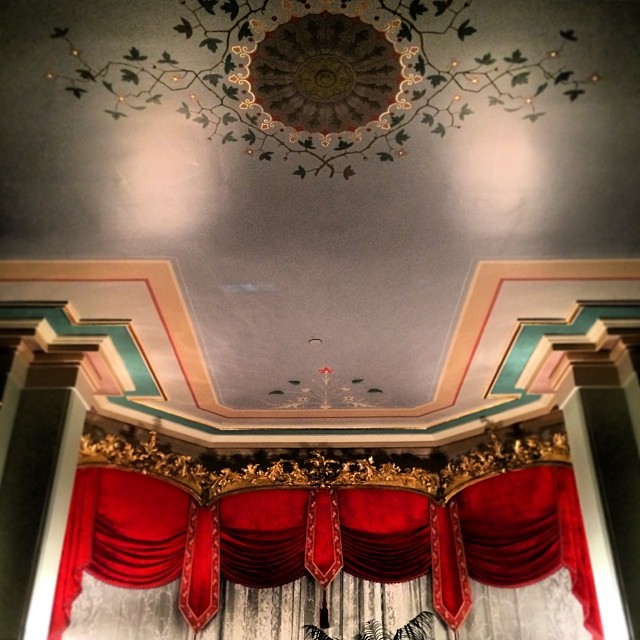
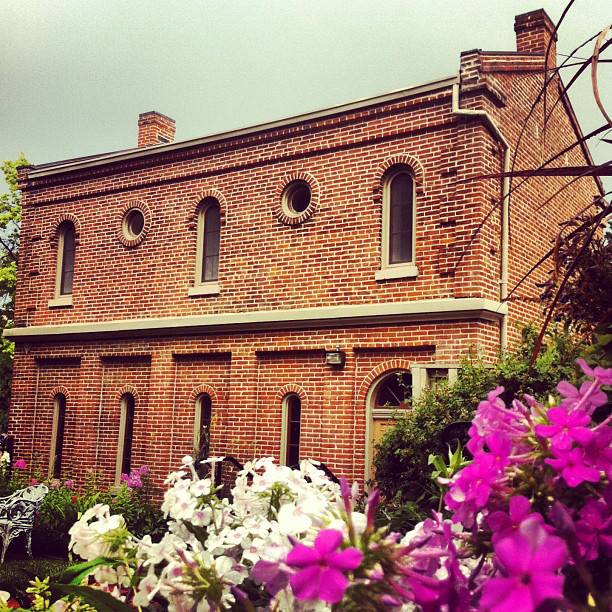
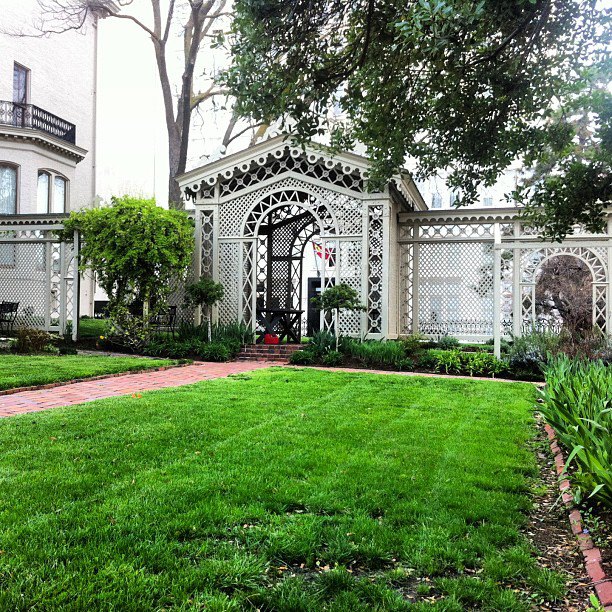
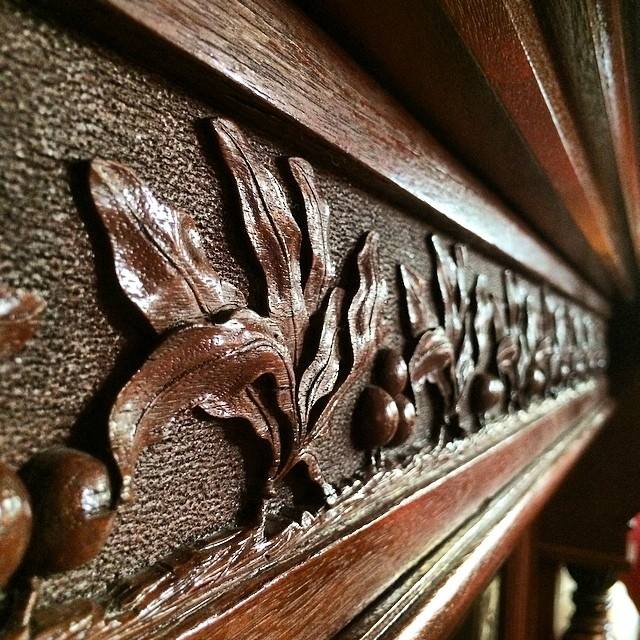
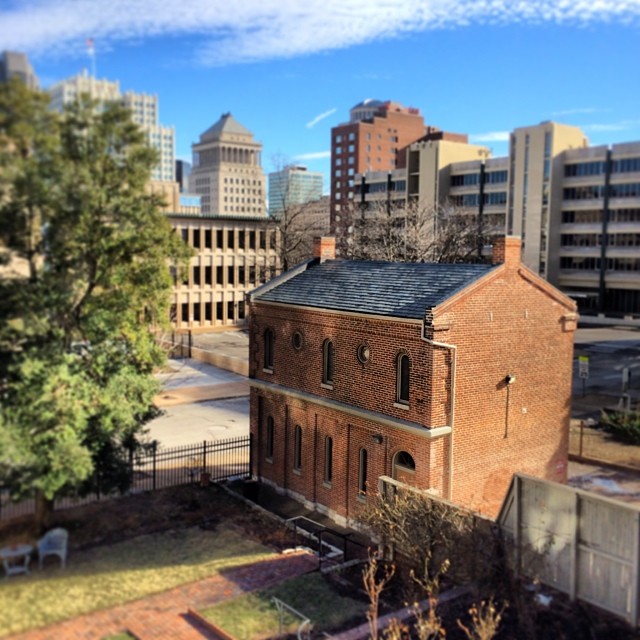
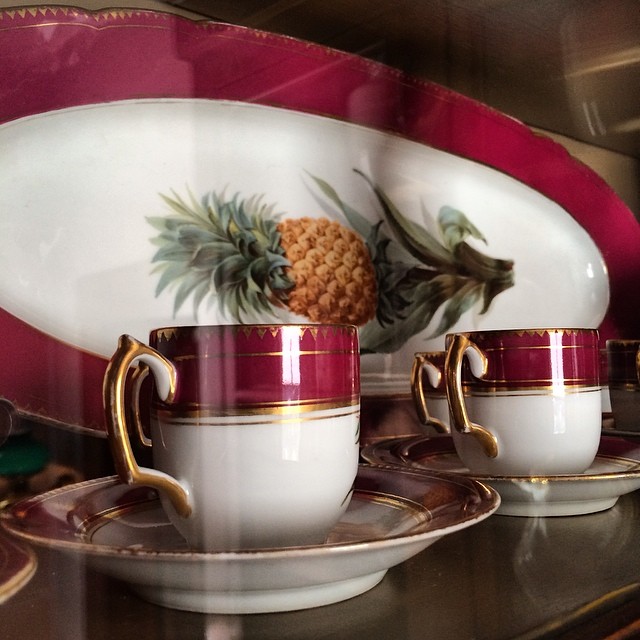
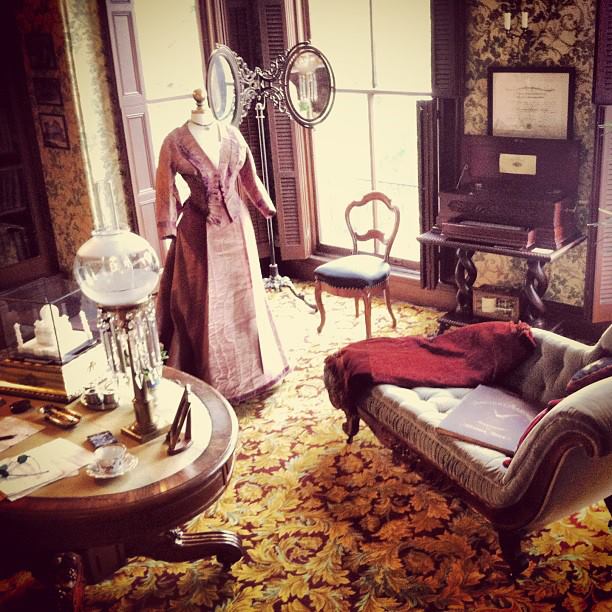
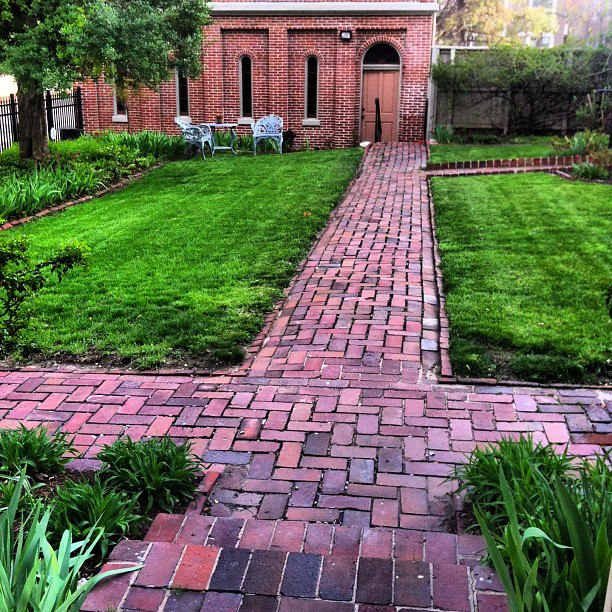
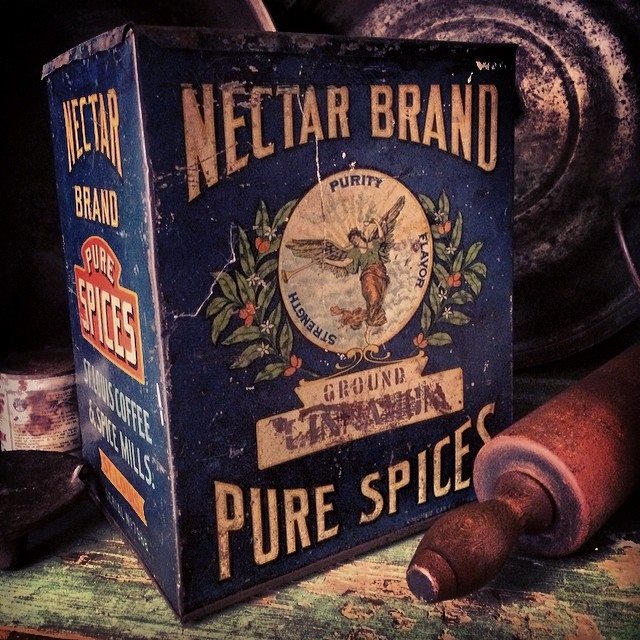
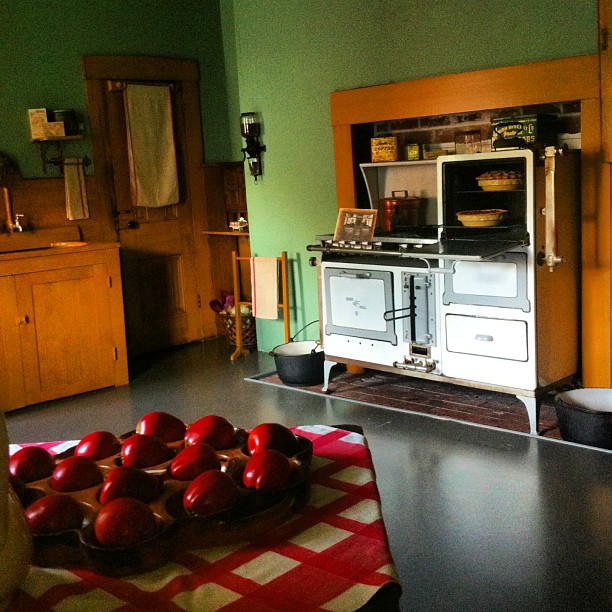
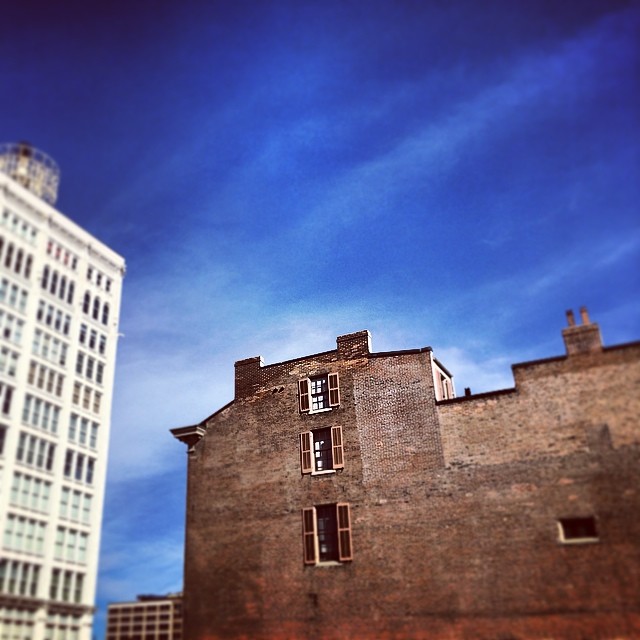
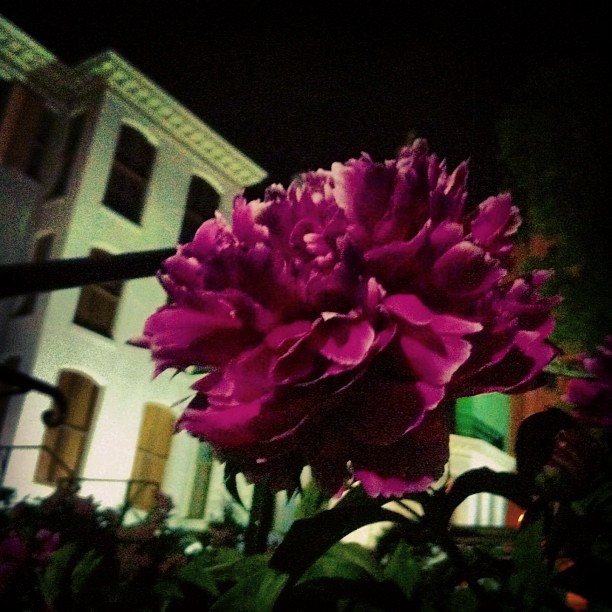
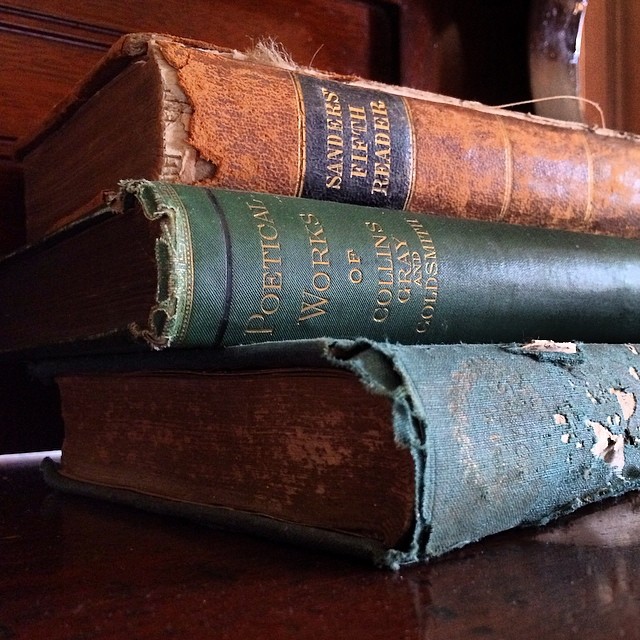
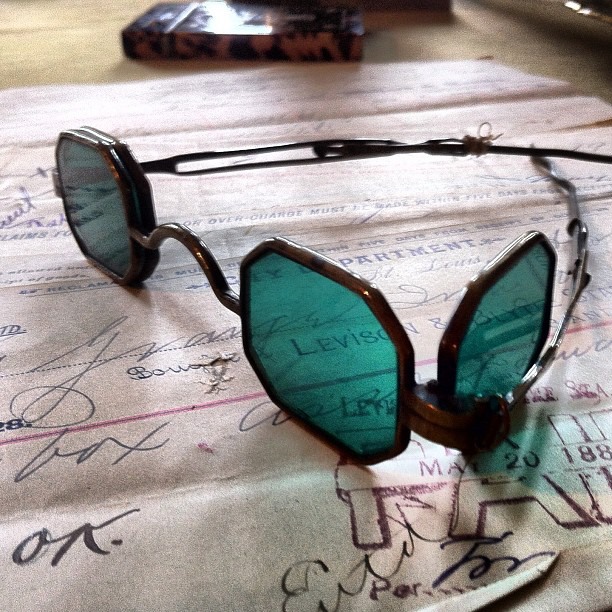
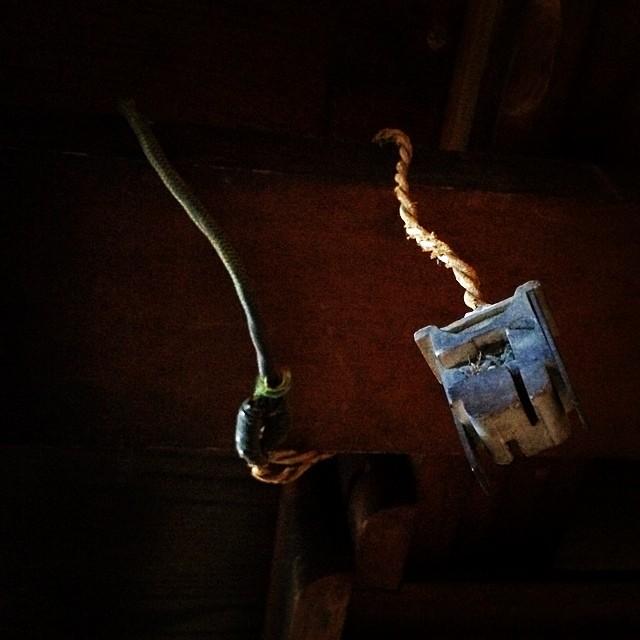
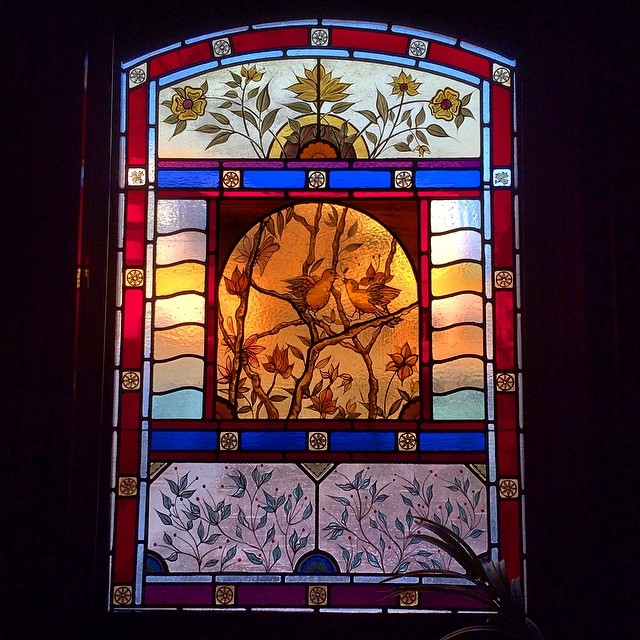
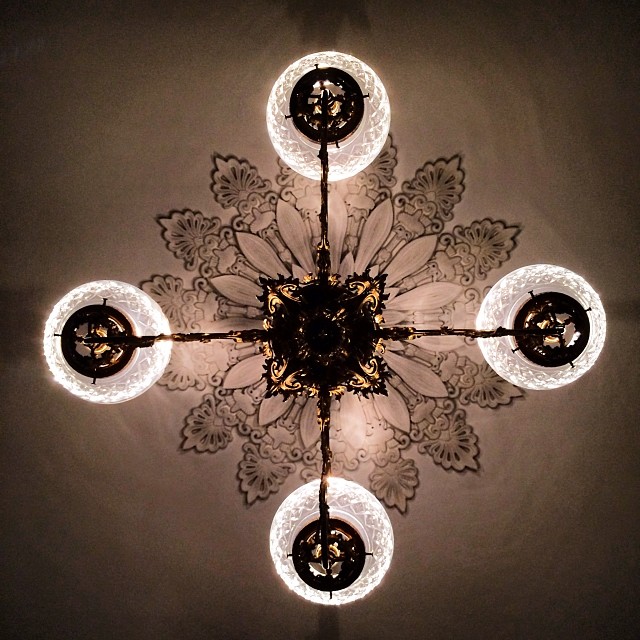
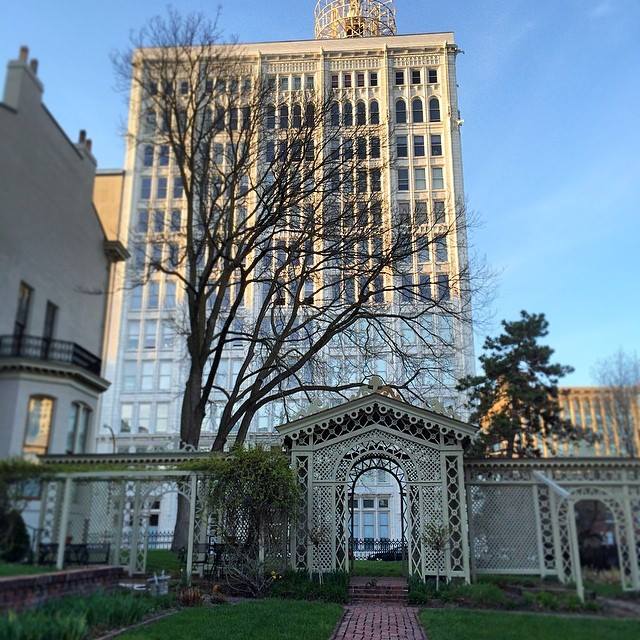
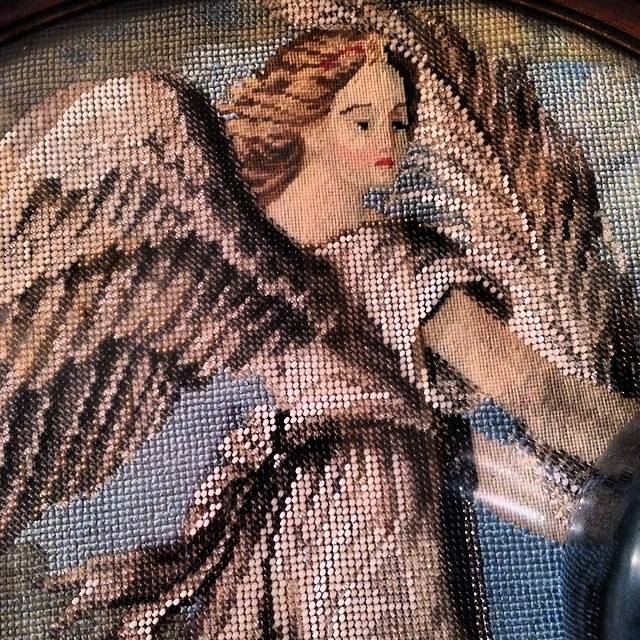
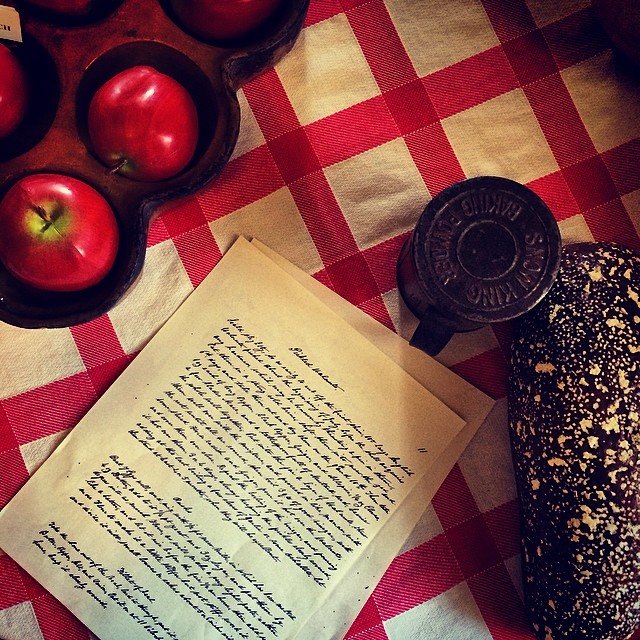
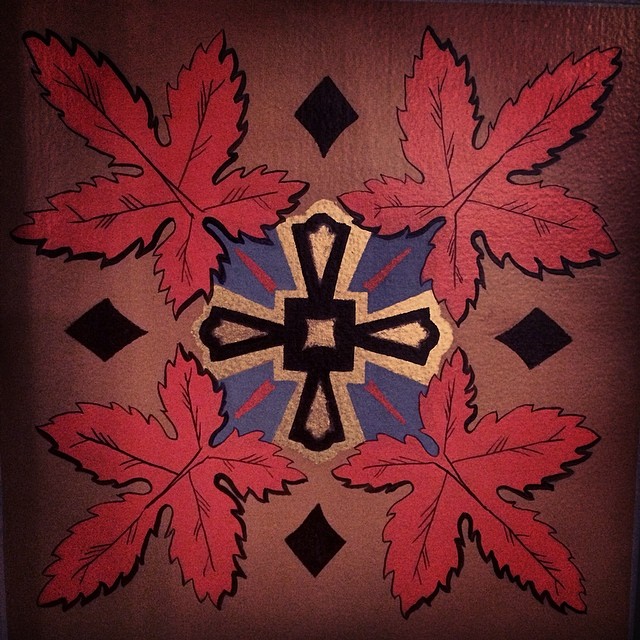
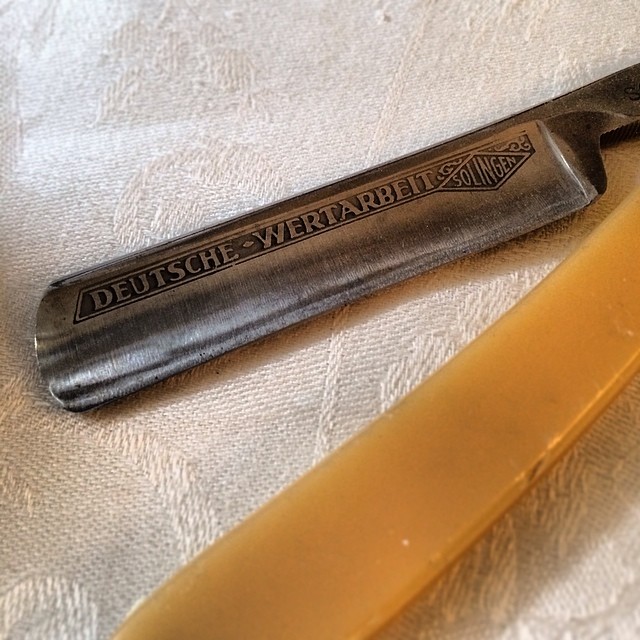
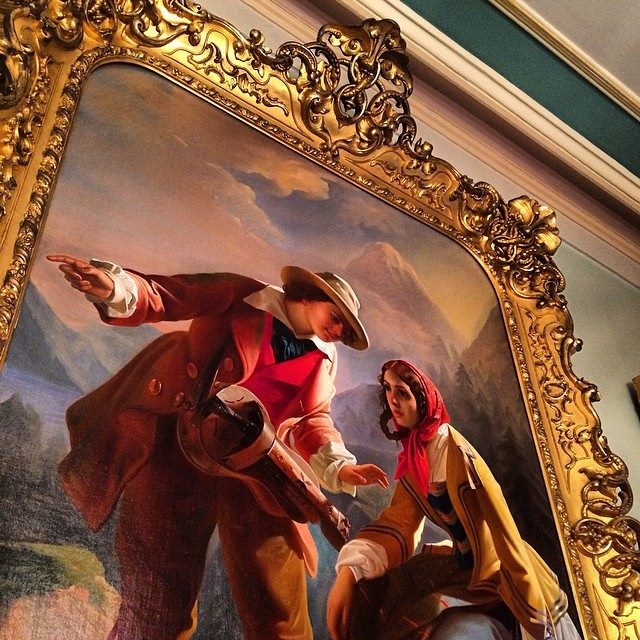
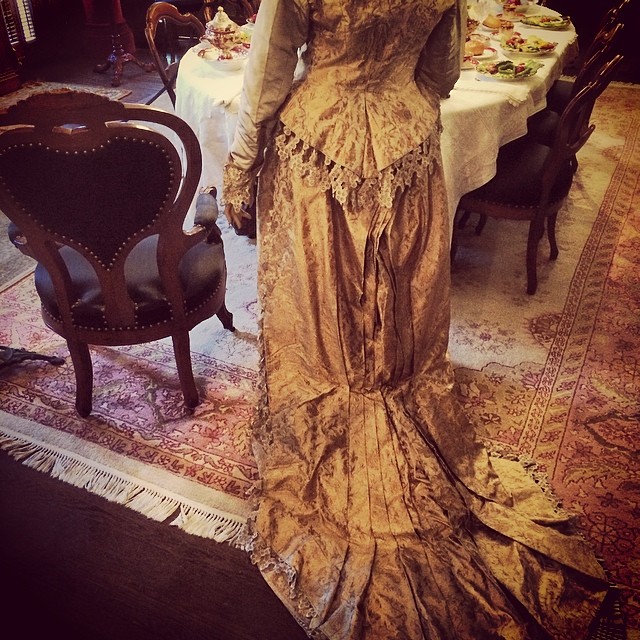
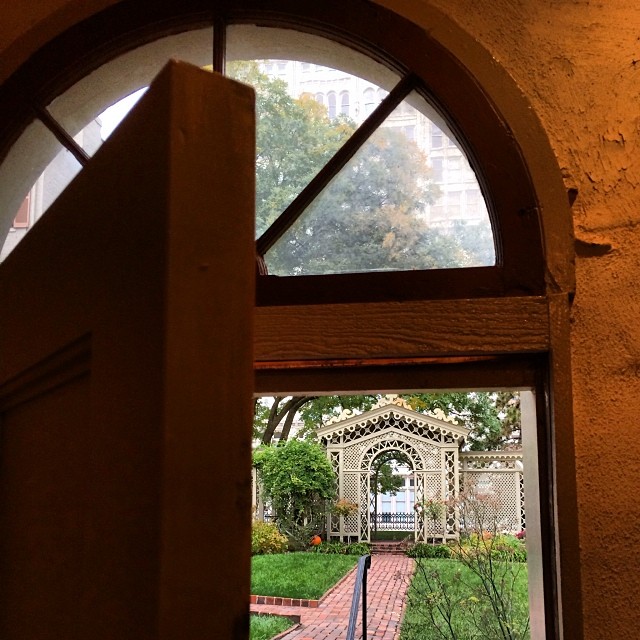
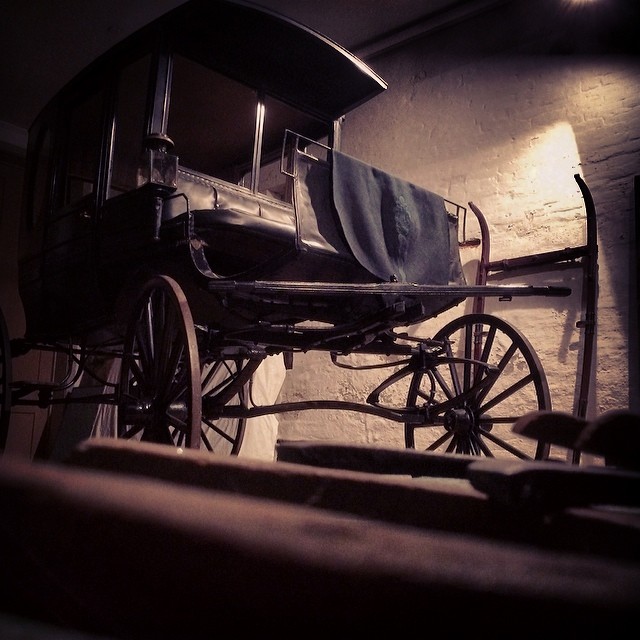
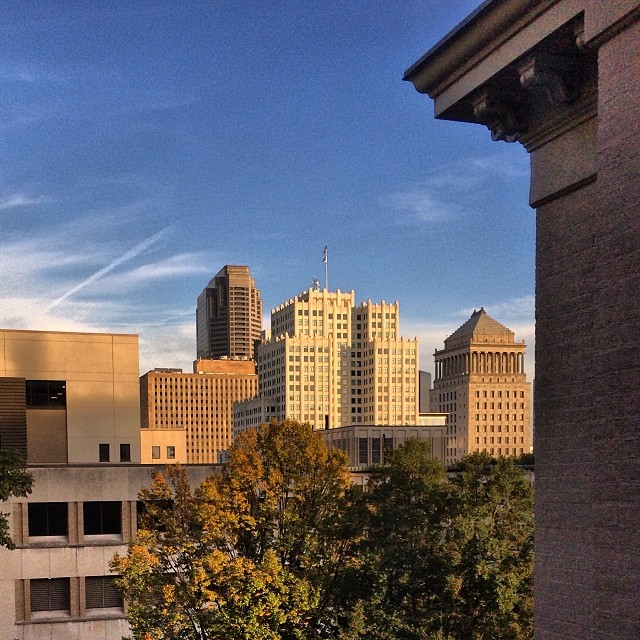
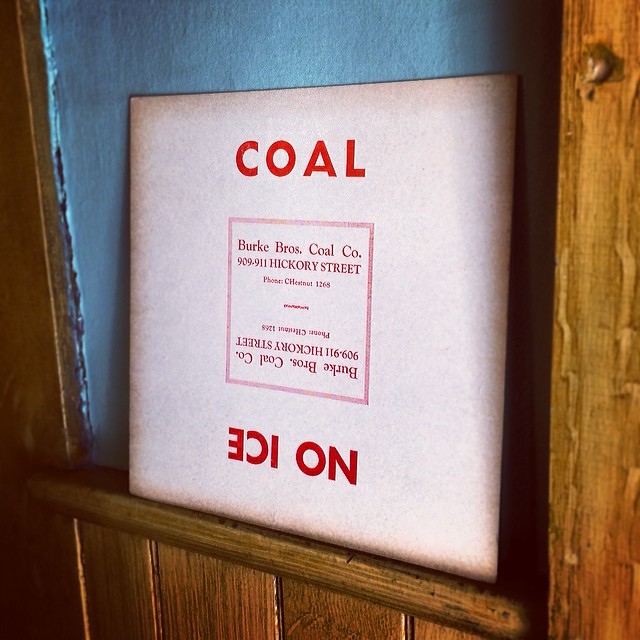
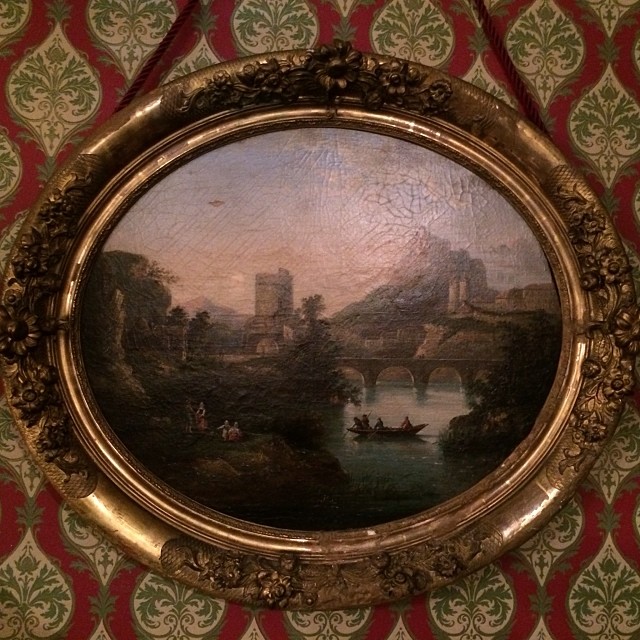
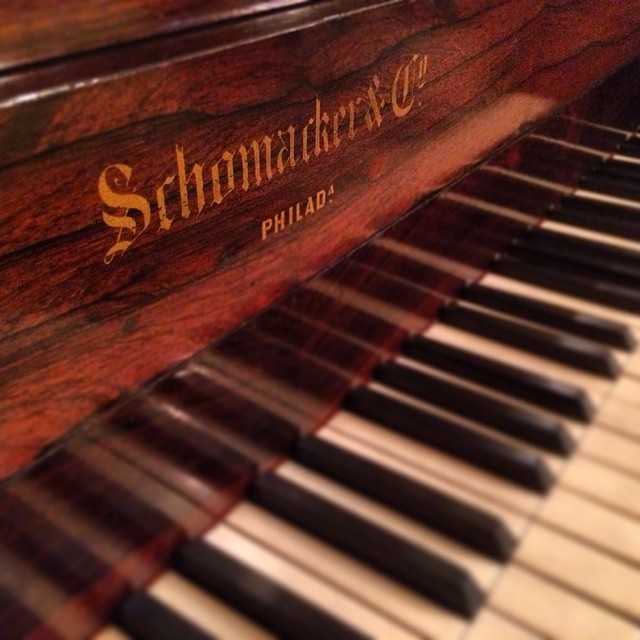
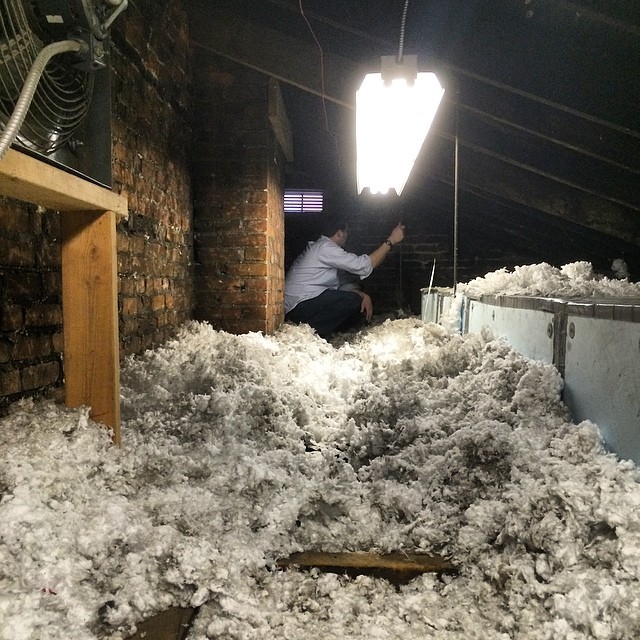
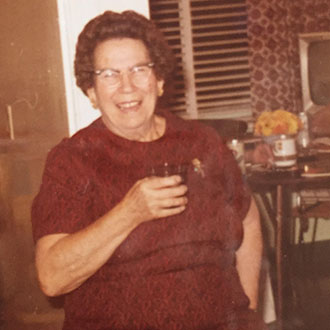
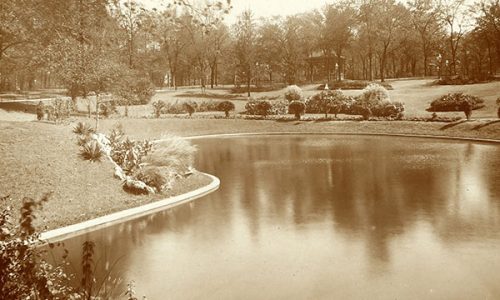
Excellent blog Cameron!
Great photos! I especially like the one of the notches in the wood to keep track of the booze consumed. I love seeing the intimate details of everyday domestic life from long ago. That’s where I find a real connection to the past.